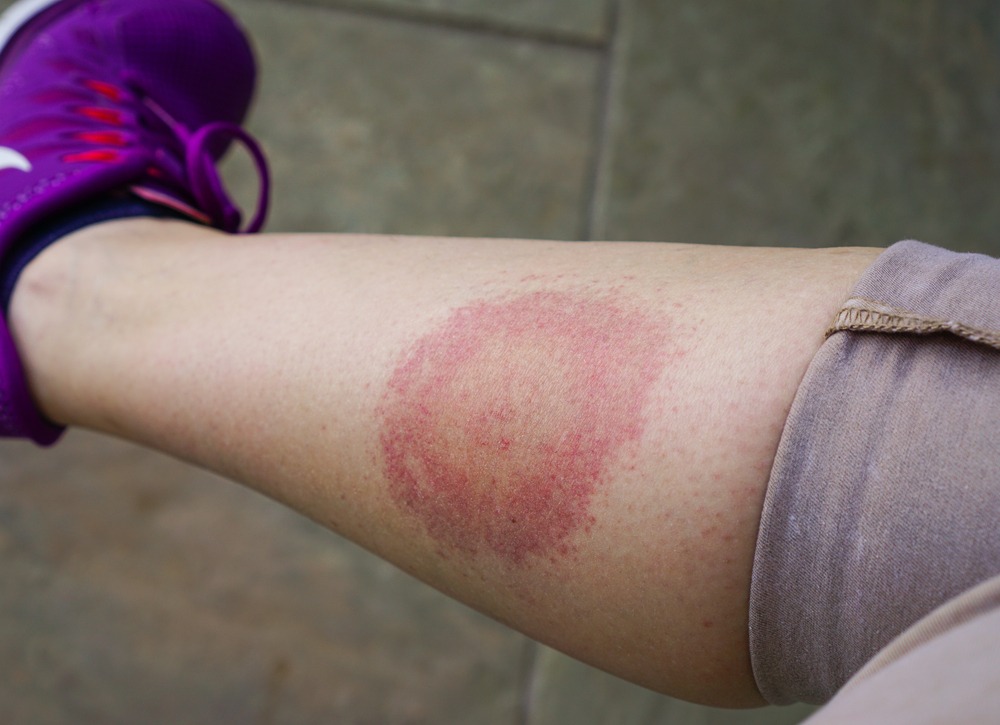Ticks are small arachnids that feed on the blood of mammals, birds, and sometimes reptiles and amphibians. While they may seem harmless, ticks can carry diseases that can be transmitted to humans through their bites. Proper removal and disposal of ticks are essential to reduce the risk of contracting tick-borne illnesses.
The Problem with Ticks

Ticks are known vectors for various diseases such as Lyme disease, Rocky Mountain spotted fever, and babesiosis. These diseases can have serious consequences if left untreated, making it crucial to take precautions when dealing with ticks.
You’ve Got a Tick On You – What Should You Do?

If you find a tick attached to your skin, the first step is to remove it carefully and promptly. Using fine-tipped forceps or tweezers, grasp the tick as close to your skin as possible and gently pull it out in a single continuous motion. Avoid squeezing or twisting the tick, as this may cause it to regurgitate its contents into the wound.
What Not to Do When You Have a Tick On You

It is important to refrain from using home remedies such as matches, nail polish remover, or Vaseline to remove a tick. These methods can agitate the tick and increase the risk of disease transmission. Additionally, avoid squeezing the tick or attempting to burn it off, as this can also lead to regurgitation of harmful bacteria.
How to Dispose of the Tick

After successfully removing the tick from your skin, it is important to dispose of it properly. Place the tick in a sealed bag or container to prevent any potential contact with humans or animals. Alternatively, you can flush the tick down the toilet. Proper disposal of ticks helps to prevent further contact and potential transmission of diseases.
Checking Your Pets for Ticks

To properly check your pets for ticks, it is essential to perform routine inspections, especially during warmer months, when ticks are most active, and potentially in winter as well, as ticks can survive in freezing temperatures. Look for ticks in areas such as the ears, armpits, skin folds, toes, and groin by thoroughly combing through the fur and feeling for any small, firm bumps on the skin. Utilizing a fine-toothed comb and parting the fur can help to identify ticks that may be present. The more frequently these checks are conducted, the easier it becomes to detect ticks on your pet.
To Flush or Not To Flush?

All About Lyme Disease

One of the most commonly known tick-borne diseases is Lyme disease, caused by the bacterium Borrelia burgdorferi. Lyme disease can lead to a range of symptoms, including fever, headache, fatigue, and a characteristic rash known as erythema migrans. If left untreated, Lyme disease can cause more severe complications affecting the heart, joints, and nervous system.
Symptoms to Watch Out for After a Tick Bite

What to Do If You Have Symptoms

If you experience any symptoms after a tick bite, it is important to seek medical attention promptly. Inform your healthcare provider about the tick bite and any symptoms you may be experiencing. Early detection and treatment of tick-borne diseases can help prevent the development of more serious complications.
The Bottom Line
Proper removal and disposal of ticks are essential steps in reducing the risk of tick-borne diseases. By following the correct procedures for tick removal and disposing of ticks safely, you can protect yourself and your loved ones from the potential harm caused by these tiny parasites. Stay vigilant, especially during outdoor activities, and always seek medical advice if you suspect you may have been exposed to tick-borne illnesses. Your health and safety are paramount when dealing with ticks.
